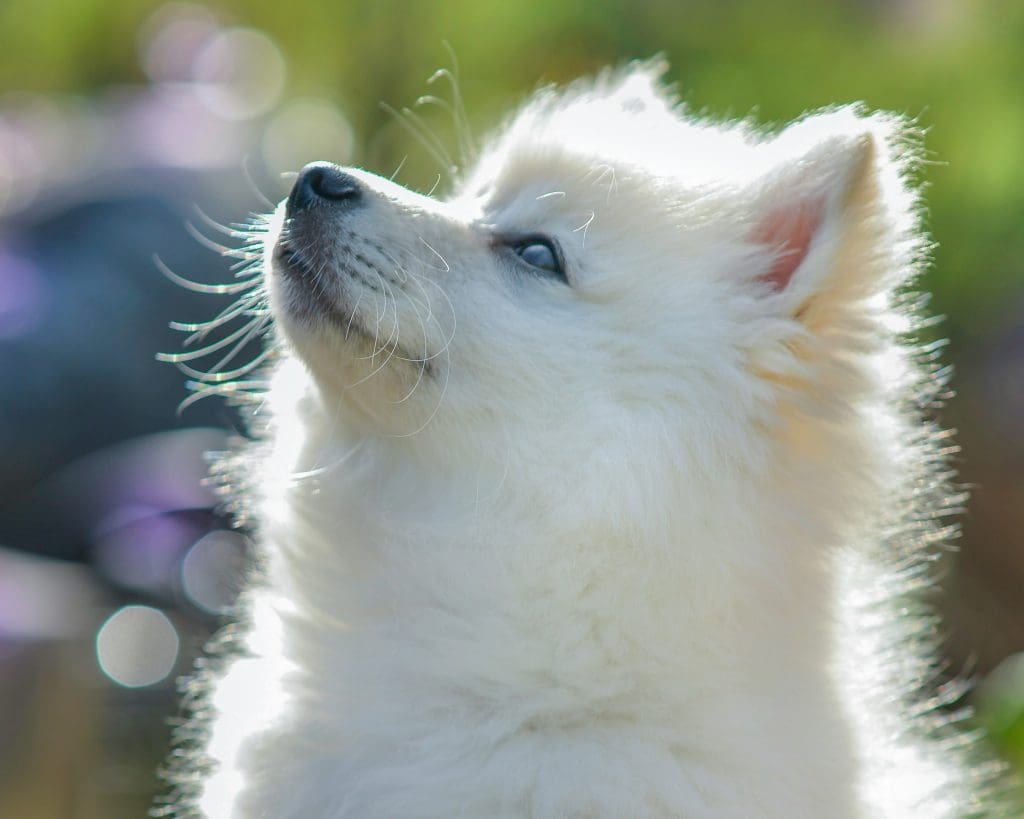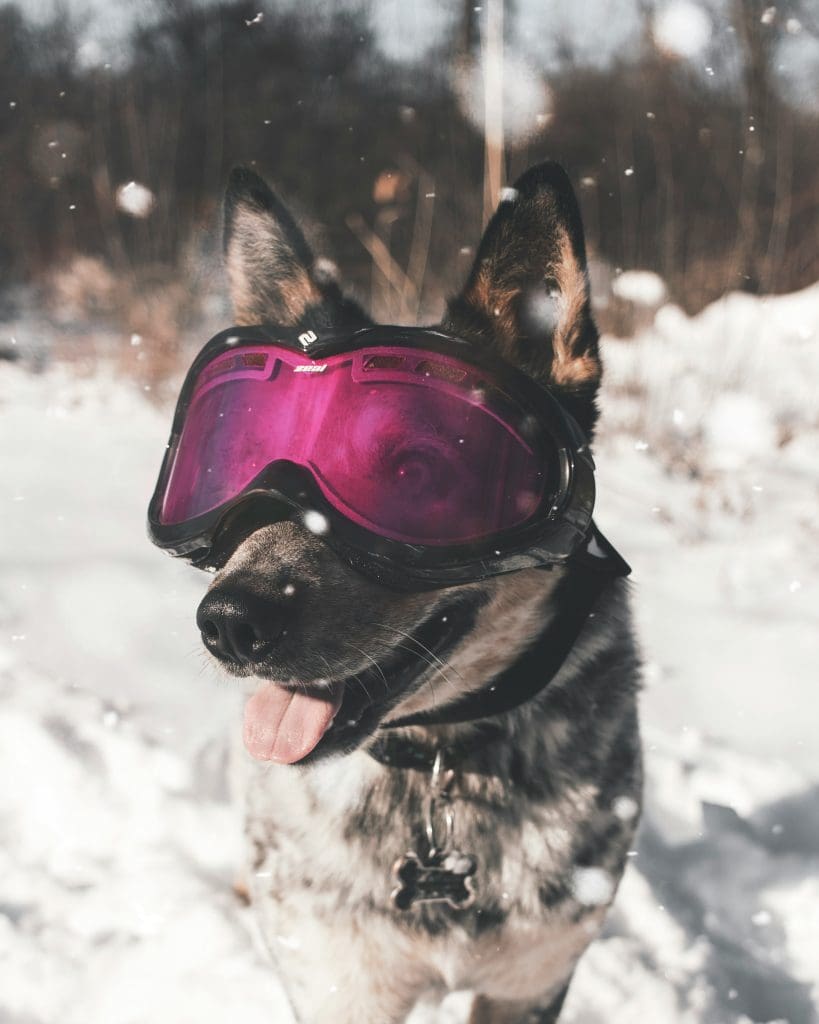How Dogs Adapt to Cold Weather
As temperatures drop and winter sets in, our furry companions experience the cold right alongside us—but not all dogs handle chilly weather the same way. While some breeds are naturally suited to snow and sleet, others need extra care and protection to stay comfortable. Understanding how dogs adapt to cold weather can help you keep your pup healthy, happy, and warm throughout the colder months.
Natural Cold-Weather Adaptations in Dogs
Dogs have evolved with a variety of physical traits that help them tolerate different climates. Some of the ways they naturally adapt to cold include:
1. Thick Fur Coats
Breeds like Huskies, Malamutes, and Saint Bernards have double coats—an insulating undercoat and a weather-resistant outer coat. These coats trap body heat and repel snow and moisture.
2. Body Fat and Muscle Mass
Dogs with more body fat or a solid muscular build retain heat more efficiently. This is why leaner breeds like Greyhounds struggle more in cold temperatures.
3. Behavioral Adjustments
In cold conditions, dogs may curl into a ball to conserve heat or seek out warm, sheltered areas. You might also notice a decrease in activity levels outdoors as they avoid prolonged exposure to low temperatures.
4. Paw Pad Adaptations
While paw pads aren’t completely immune to the cold, they do have some built-in insulation and a specialized blood flow system to reduce the risk of frostbite.
Signs Your Dog Is Cold
Not all dogs can tolerate winter weather. Puppies, senior dogs, small breeds, and those with short or thin coats are especially vulnerable. Look for these signs that your dog is too cold:
-
Shivering or trembling
-
Whining or seeking shelter
-
Lifting paws off the ground
-
Sluggish movement or reluctance to walk
-
Tucked tail and hunched posture
If your dog shows any of these signs, it’s time to head indoors and warm up.
How to Help Your Dog Stay Warm
You can support your dog through the cold season by making a few thoughtful adjustments to their routine and environment:
1. Dress for the Weather
Dog sweaters and jackets provide an extra layer of warmth for breeds with little natural insulation. Make sure the clothing fits well, covers the belly, and doesn’t restrict movement.
2. Use Booties or Paw Balm
Snow, ice, and de-icing salts can irritate your dog’s paws. Booties protect against these elements, while paw balm helps moisturize and protect the pads from cracking.
3. Limit Time Outdoors
Shorten walks during extreme cold and avoid lingering outside. Play indoors or find heated dog parks if your dog needs more stimulation.
4. Provide a Warm Sleeping Area
Keep your dog’s bed away from drafts and elevate it slightly off cold floors. Heated dog beds or microwave-safe heat packs can provide added comfort.
5. Adjust Their Diet
Some dogs may need more calories in the winter if they’re more active or exposed to the elements. Others may be less active and need fewer. Talk to your vet about the best nutrition plan.
Cold Weather Myths About Dogs
Let’s clear up a few common misconceptions:
-
Myth: Dogs don’t get cold because they have fur.
Truth: All dogs can get cold. Fur helps, but it’s not a shield—especially in freezing temperatures or for short-haired breeds. -
Myth: Dogs don’t need boots.
Truth: Snow, salt, and ice can be harsh on paws. Booties can prevent frostbite, cuts, and irritation. -
Myth: My dog loves snow, so they’re fine.
Truth: A dog may love to play in the snow, but that doesn’t mean they’re safe without limits.
Cold-Weather Breeds vs. Warm-Weather Breeds
Knowing your dog’s breed helps determine how well they’ll handle winter. Cold-weather breeds often have:
-
Dense double coats
-
Stockier builds
-
Heritage from snowy climates
Warm-weather breeds typically have:
-
Thin coats or little fur
-
Leaner frames
-
Origins in tropical or desert regions
If you have a warm-weather breed like a Chihuahua, Whippet, or Doberman, cold temperatures should be taken seriously. These dogs benefit from extra layering and indoor enrichment during colder months.
When to Call the Vet
Cold weather can worsen existing health issues in dogs, especially arthritis or joint problems. If your dog shows signs of pain, stiffness, or respiratory trouble in the cold, it’s worth getting a professional evaluation.
Also, beware of hypothermia and frostbite—both of which can happen if a dog is exposed too long to extreme cold. Symptoms include:
-
Lethargy or weakness
-
Pale or blue gums
-
Slowed heart rate
-
Cold extremities
-
Shallow breathing
Seek veterinary care immediately if you suspect these conditions.
Final Thoughts
While dogs have some built-in mechanisms to deal with cold weather, it’s important to recognize their limits. Knowing the signs of discomfort, tailoring your routine, and providing warmth will ensure your dog stays safe and content all winter long.
Even snow-loving pups need your help to thrive in cold weather. With the right care and attention, you and your furry friend can enjoy the season together—safely and warmly.



